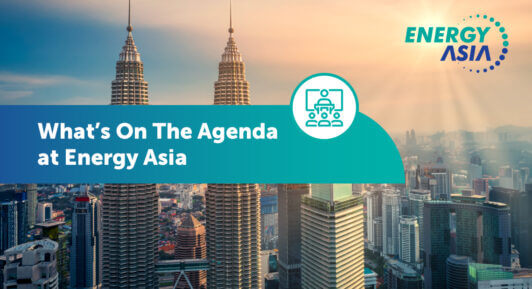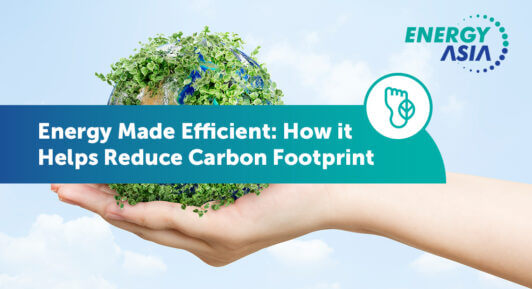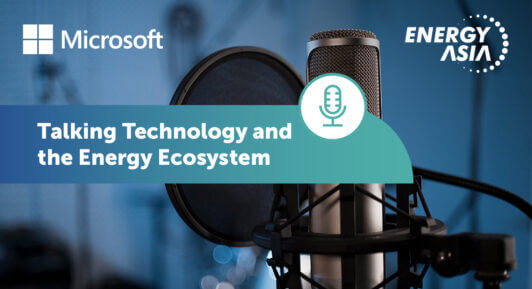What Does Net-Zero Transport Mean in Asia?
Transport and mobility is a key pillar of a global net-zero transition. Delivering cleaner vehicles and transport opportunities means a path to ensure our world keeps moving forward on a journey to net-zero emissions.
Edouard Tavernier, President, S&P Global Mobility highlighted during CERAWeek. “It’s hard to talk about sustainability and sustainable energy without talking about transportation, because road transportation accounts for around 25% of emissions.” Asia will be central to this essential global transformation, as a region Edouard describes as the “center of gravity” for mobility.
The direction of travel is clear, with sales of electric vehicles (EVs) doubling to 6.6 million in 2021 from the previous year, and up substantially from just 120,000 sold in 2019. The total number of electric cars on our roads continues to rise, with 16.5 million across the globe—triple that of 2018. China remains a huge growth engine, with more EVs sold in China in 2021 than the rest of the world bought combined across 2020.
According to Edouard, Asia has evidenced some encouraging signs in its post-COVID transport recovery, with industry momentum towards a low-carbon transport solution. The manufacturers and ecosystem are now in a strong position to tackle the future of sustainable mobility.
“I think the path to sustainable mobility looks the same in principle, whether you’re in Asia, in Europe, or in the US. The imperative is the same, and the ingredients are similar. It’s about reducing emissions from traditional technologies, and it’s about moving towards an electrified future,” said Edouard.
The path towards that electrified future is already growing clearer. Asia has seen significant growth in the number of EV models available in recent years, up from ~10 in 2017 to almost 35 by 2021.
Under current pledges, based on announced policies and roadmaps, the International Energy Agency (IEA) expects EVs will represent almost a third (30%) of four-wheel vehicles sold globally by 2030, although this remains short of the 60% share required to meet a net-zero pathway.
The outlook across regions of Asia could potentially be even more diverse, as two-wheel and three-wheel vehicles play an amplified role in the net-zero transport journey. Under current stated policies, the IEA expects the stock of two-wheel and three-wheel EVs to rise significantly from 35 million in 2021 to 2030 million by 2045, accounting for over a quarter of total stock in 2030.
Availability and affordability of vehicles is not the only hurdle for our EV revolution however. It’s estimated that the global market value of EV charging will grow 20-fold under announced policies, reaching US$190 billion by 2030. Even within this significant growth, there is concern that infrastructure will fall short of demand, with particular challenges in developing regions.
“The challenges together are the same, it’s about affordability of vehicles, and it’s about availability of infrastructure.I would say in developing countries those challenges are even greater, because average incomes tend to be lower,” said Edouard.
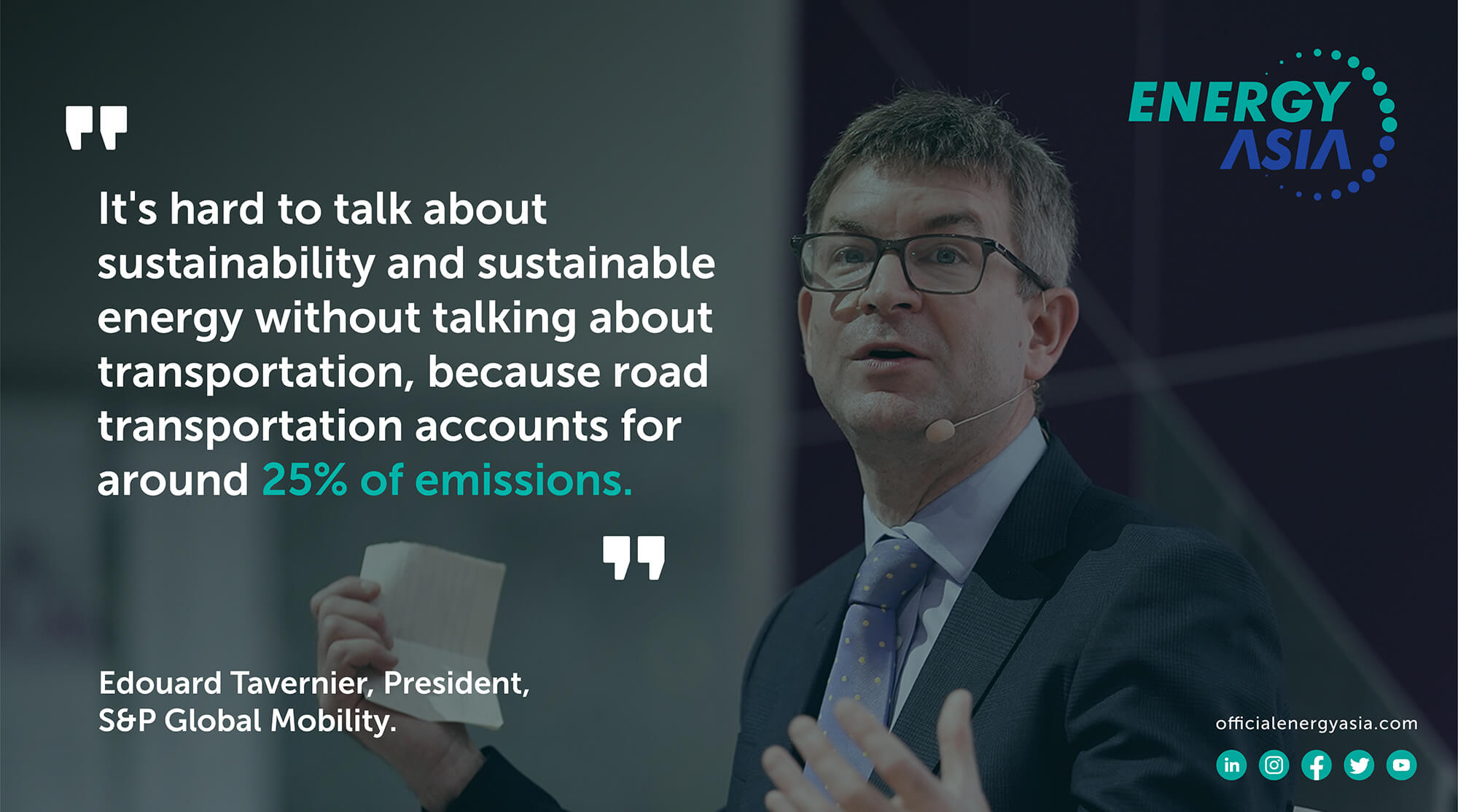
ASEAN’s net-zero transport journey
The Association of Southeast Asian Nations (ASEAN) will be another key focus of a net-zero mobility transformation—and one which offers a welcome spotlight on wider market challenges—with this high-growth region on track to become the fourth-largest economy in the world by 2030.
Growing populations, increasing economic development, and expansions in affluent middle-class and affluent (MAC) consumer groups mean personal vehicle ownership will be increasingly accessible for citizens in the region in coming years.
Transport currently accounts for two-thirds of oil consumption in ASEAN, and is thus a key pillar of the region’s end-to-end net-zero transition. Road transport is particularly key, and will be enabled by decreasing technology costs and momentum of adoption as the EV landscape matures.
“I think what we will see is the outcomes will be a little different. The pace of electrification is going to be slower. The ultimate mix of propulsion systems is going to look a little different, for example with hybrid electric vehicles taking on a bigger role in some parts of Asia than elsewhere. But ultimately that process will happen in a similar way to as it does in other countries, maybe at a different pace and with different timing,” said Edouard.
Road vehicles accounted for 93% of total energy consumption by transport in ASEAN (excluding Myanmar) in 2021, with crude-oil derivatives dominant across all transport segments. Ensuring an effective decarbonization pathway for the region would require cutting transport-related emissions by nearly 100 million tonnes of CO2 equivalent (MMtCO2e) by 2030, and over 300 MMtCO2e by 2030.
In the near-term, this is likely to require improvement in fuel economy standards, as the electrification of vehicles and deployment of supporting infrastructure accelerates across ASEAN.
Biofuel could also provide a valuable opportunity within the region, and one which could deliver synergistic economic benefits to the region’s substantial agricultural industry and mature oil and gas infrastructure. Biofuel offers an energy-dense fuel alternative which could see growing adoption in aviation and heavy-duty vehicle fleets.
ASEAN offers a fascinating snapshot of the wider opportunities and challenges presented by a net-zero transport transition in Asia. The solutions deployed in a compact state with a mature modern economy such as Singapore are likely to be markedly different to those deployed in Indonesia’s unique archipelago of 16,000 islands.
What’s clear is that Asia’s transport transition will require significant investments as part of a carefully planned market strategy that reflects local consumer considerations and infrastructure. The shift towards carbon-neutral mobility is key for the region, but what that picture looks like over coming decades is likely to depend on the market.
Energy Asia is looking to build a platform to inform that conversation, and bring together investors, energy industry stakeholders, manufacturers, and decision makers to help steer low-carbon transport pathways for the region.
Find Out More About Energy Asia, 26-28 June, 2023, Kuala Lumpur, Malaysia

